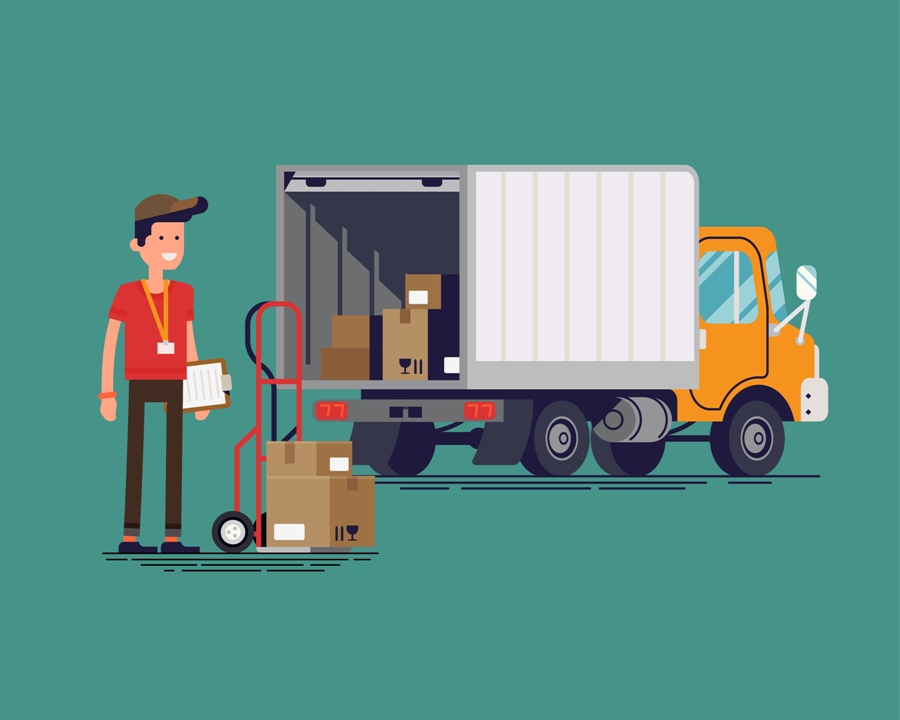When it comes down to transporting freight, box trucks are just one of the many options you can rely upon. The freight and trucking industry offers a wide range of class 8 types and trailers to haul the cargo of the nation. Some of this range from the standard 18-wheeler truck/box trailer to other smaller more mobile box truck, which usually is the medium truck category. Any good Alabama truck and equipment company needs to keep all their fleet open to various needs of their customers, but to make sure prospective customers remain happy there are a few considerations they need to focus on.
The body is too long or too short, the truck sits low, the chassis is too light, and these are quite a few examples of where the specifications could go wrong with some medium duty box trucks (dry freight or dry van/trucks). Yet, it can take just one misuse to impede productivity of employee significantly and drive up the costs of the vehicle significantly, either to deal with the maintenance issues or correct the mistake after trying to operate the truck.
When ordering medium duty box trucks, how can fleet managers possibly reduce their error risks? Here are some mistakes you need to avoid.
1. Selecting Underweight Chassis
The main objective when ordering a box truck is to make sure there is a balance between the space of the cargo and the weight. According to the manager at vehicle acquisition services ARI (Automotive Resources International), “On a 26,000lb you can put up a large body or a GVW chassis to accommodate some more cargo. However, if the content in the cargo is heavy, you will max out the weight before running out of space.” This means the initial space should not be the only factor, make sure that the chassis is well compatible with the weight of the cargo at full load.
2. Mismatching Box Lengths and Chassis
When ordering a box truck from equipment companies such as Bobby Park, the issue that most people face when reviewing mismatched box lengths and chassis is the improper distribution of weight relative to the rear axle of the truck.
Sometimes people make a poor selection and the truck would have a huge overhang past the wheels rear. If the box is larger and exceeds the rear axle back, the weight distribution will all go wrong. Therefore, your front wheels will start wearing out and tire too. Within no time, the tires will start cupping. It is advisable that before you purchase box trucks from dealers, confirm that the CA (chassis cab axle) or the length of the wheelbase accommodates safely to the body length that needs mounting. Another way to verify this is through contacting the original manufacturer of the equipment.
3. Ignoring the Interior Lighting
Whenever goods need delivery from one location to the other, the fleet manager must know. If you are the sort who delivers at night primarily, you have to make sure that the interior of the box has proper lighting. However, if your services include daytime delivery, a translucent roof will be enough for some natural light to find its way into the box. If a box does not have proper lighting inside, it can take employees a long time to find a cargo for specific deliveries, slowing down the entire job.
4. Neglecting the Floor Type
When ordering a medium duty box truck, poor floor selection can make a noticeable difference. If the box truck has a hardwood floor and you work in a food and beverage chain, within just a few years, the hardwood will rot. Due to the pressure from the goods and the washing during maintenance services, the water could soak into the wood and would not dry completely. The best solution is to choose aluminum, diamond plate floor, which is usually corrosion resistant. On the front side of the box, such trucks have two pipes for the water to drain. When rinsing the inside of the box, the water would simply drain out without damaging the aluminum floor.
5. Trying to Choose a “One Size to Fit All” Truck
Keep in mind that some fleets do not work well with the wrong specification. This means, trying to choose a box size suitable for a variety of different loads. Oversized trucks tend to cost much more maintain, operate, license and purchase. On the other hand, choosing a smaller truck would mean going overweight and overusing, since it will require more trips for the delivery of goods compared to larger trucks. Eventually, this would lead to higher operating costs. Hence, you need to determine how to use the truck and spec the right truck.
The bottom line is, when you avoid such mistakes, you can improve the odds of choosing a truck that may unveil unpleasant surprises in the end. It will help to maximize the productivity of employees and ensure that you spend the lowest possible on ownership.




















